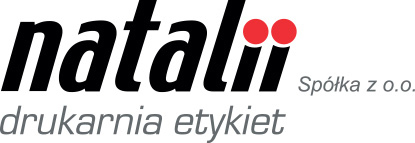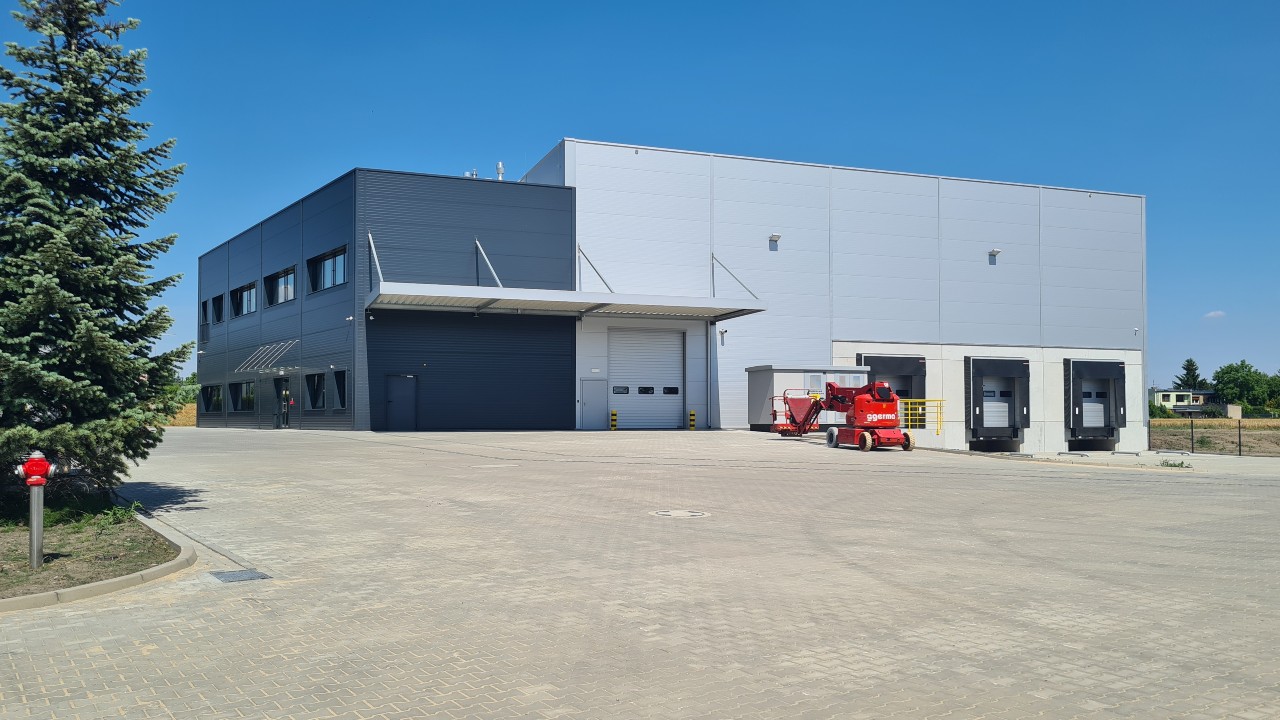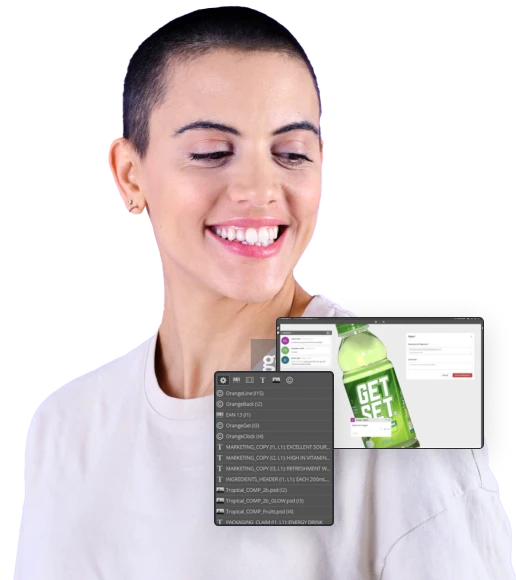Earning a reputation for high quality and reliability, the company has received the national Wielkopolska Quality certificate, Gazele Biznesu, Forbes Forum Family Firm reward and achieved accreditation for its Quality Management System under ISO 9001:2015 and FSC standards.
Investing in Automation, Improving Efficiency
“As one of the first and oldest flexographic label printers in Poland, each year we continue to invest in a modern and efficient production facility which enables us to freely compete with anyone on the printing market,” said Artur Nowaczyk, owner of Natalii.
Natalii has its own prepress and production departments, equipped with the complete Esko ecosystem of software – from ArtPro+, Color Engine and DeskPack through to Equinox, FlexRip and Imaging Engine connecting to the company’s CDI plate makers for optimum quality plates.
“We maintain production at a consistently high level, using raw materials from renowned suppliers and investing in new technologies such as digital presses, Esko CDI plate imager for full HD flexo plates, and extended color gamut technology with Esko’s Equinox,” said Artur.
We were already using Esko Automation Engine workflow software and were looking to automate and integrate order handling with our MIS system.
Optimized Prepress Workflow Automation
Esko Automation Engine sets the standard for optimized prepress workflow automation. The workflow software not only automates print production tasks but also integrates business systems, which speeds up the process, and more importantly reduces the error rate and need for operator intervention.
Good preparation on customer site was key to succes of fast instalation and also thanks to that Natalii could working with Automation Engine just after.
Mariusz Geras, Esko Sales Manager, explained that the Esko team worked with Artur and the Natalii team to ensure the integration was a success. “This project was our first integration with this particular MIS system, and we were working without the direct support of the MIS producer,” he said. “At first no-one knew if it would succeed, but we were confident that it could be done and we were all delighted with the results.”
As well as streamlining approvals and speeding up the entire prepress workflow, Mariusz said the integration had helped Natalii achieve another of its goals. “Artur had explained that he very much wanted to shorten PDF preparation time for production,” he said.
Now, thanks to automated workflows, all Step & Repeat layouts and all production reports are created by Automation Engine without the need for any manual input.
Since Natalii integrated Automation Engine with its MIS into its prepress setup, there has been a reduction in processing times and the business has benefited from synchronized progress job statuses and automatic workflow launches.
“The latest version of Automation Engine, when integrated with the MIS, enables us to achieve a
large number of files printed in several stages and with different printing technologies,” added Artur Nowaczyk. “We benefit from significant efficiency gains, limiting the amount of prepress operator time required despite the increasing number of orders, and allowing them to carry out more valueadding jobs.”


